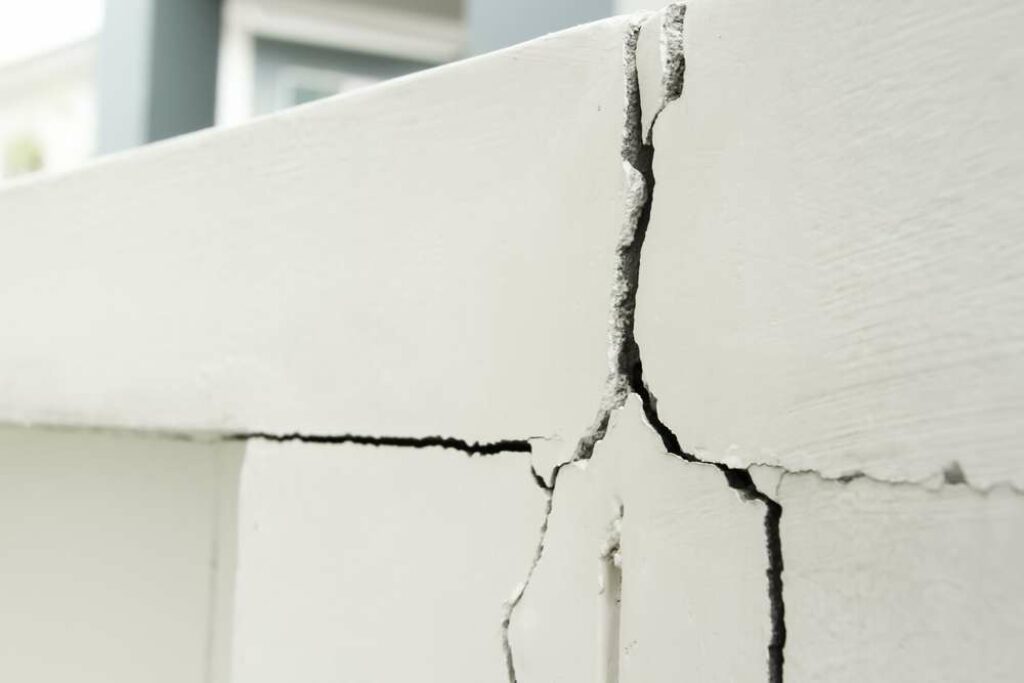
Discover Innovative Concrete Crack Repair Solutions for 2025
Explore the latest advancements in concrete crack repair designed for 2025. This comprehensive guide highlights sustainable and eco-friendly methods, ensuring efficient, long-lasting results for a flawless concrete finish.
Related Topics (Sponsored Ads)

Understanding the Causes of Concrete Cracks
Before diving into the repair methods, it’s essential to understand why cracks occur in the first place. The most common causes include:
- Thermal Expansion and Contraction: Concrete expands in hot weather and contracts in cold weather, leading to cracks over time.
- Moisture Infiltration: Water can seep into concrete and, through freeze-thaw cycles or chemical reactions, cause cracks.
- Structural Overload: Excessive weight or pressure can exceed the concrete’s tensile strength, causing it to crack.
- Shrinkage: As concrete dries, it tends to shrink, sometimes resulting in surface cracks.
Understanding these causes can help you choose the most appropriate repair method and prevent future issues.
Best Concrete Crack Repair Methods
1. Epoxy Injection
Epoxy injection is a tried-and-true method for repairing cracks in concrete, especially for structural cracks. It involves injecting a low-viscosity epoxy resin into the crack, which then hardens to form a solid seal. This method is particularly effective for repairing cracks in load-bearing structures, as it restores the original strength of the concrete.
Advantages:
- Provides a permanent seal
- Restores structural integrity
- Resistant to moisture and chemicals
Considerations:
- Best for cracks that are dry and stable
- May require professional application for optimal results
2. Polyurethane Foam Injections
For cracks that are subject to movement or are leaking, polyurethane foam injections are an excellent choice. Polyurethane is flexible and expands upon injection, allowing it to fill cracks effectively and accommodate any future movement.
Advantages:
- Ideal for active and leaking cracks
- Quick curing time
- Flexible and can accommodate movement
Considerations:
- Not suitable for structural repair
- Requires precise application to prevent over-expansion
3. Self-Healing Concrete
A revolutionary advancement in concrete technology is self-healing concrete. This type of concrete contains bacteria that produce limestone when exposed to water and air, effectively sealing small cracks on their own. Although still in its early stages of widespread application, self-healing concrete holds promise for extending the lifespan of concrete structures.
Advantages:
- Reduces maintenance needs
- Prolongs the lifespan of concrete structures
- Eco-friendly and sustainable
Considerations:
- Higher initial cost
- Best suited for new construction rather than repair of existing structures
Sustainable and Eco-friendly Repair Techniques
1. Recycled Aggregates
Using recycled aggregates in concrete mixes is not just environmentally friendly but also enhances the durability of the concrete. This method involves incorporating crushed concrete from demolished structures into new concrete mixes, reducing waste and lowering the demand for new raw materials.
Advantages:
- Reduces environmental impact
- Cost-effective
- Enhances durability
Considerations:
- Requires careful quality control
- May not be suitable for all types of construction projects
2. Green Sealants
Eco-friendly sealants, made from natural or biodegradable materials, are increasingly available for sealing cracks in concrete. These sealants offer a sustainable alternative to traditional chemical-based products, without compromising on effectiveness.
Advantages:
- Non-toxic and safe for the environment
- Biodegradable
- Effective in preventing moisture ingress
Considerations:
- May have a shorter lifespan than traditional sealants
- Availability may vary by region
The landscape of concrete crack repair is evolving with innovative, sustainable, and efficient methods. Whether you’re dealing with minor cosmetic cracks or significant structural issues, there’s a solution tailored to meet your needs. By understanding the causes of cracks and choosing the appropriate repair method, you can ensure the longevity and aesthetic appeal of your concrete surfaces. Embracing these advanced techniques not only addresses immediate concerns but also contributes to a more sustainable future in construction and repair.
Disclaimer: This article provides general information on concrete crack repair. Always consult professionals for specific advice tailored to your project needs.



